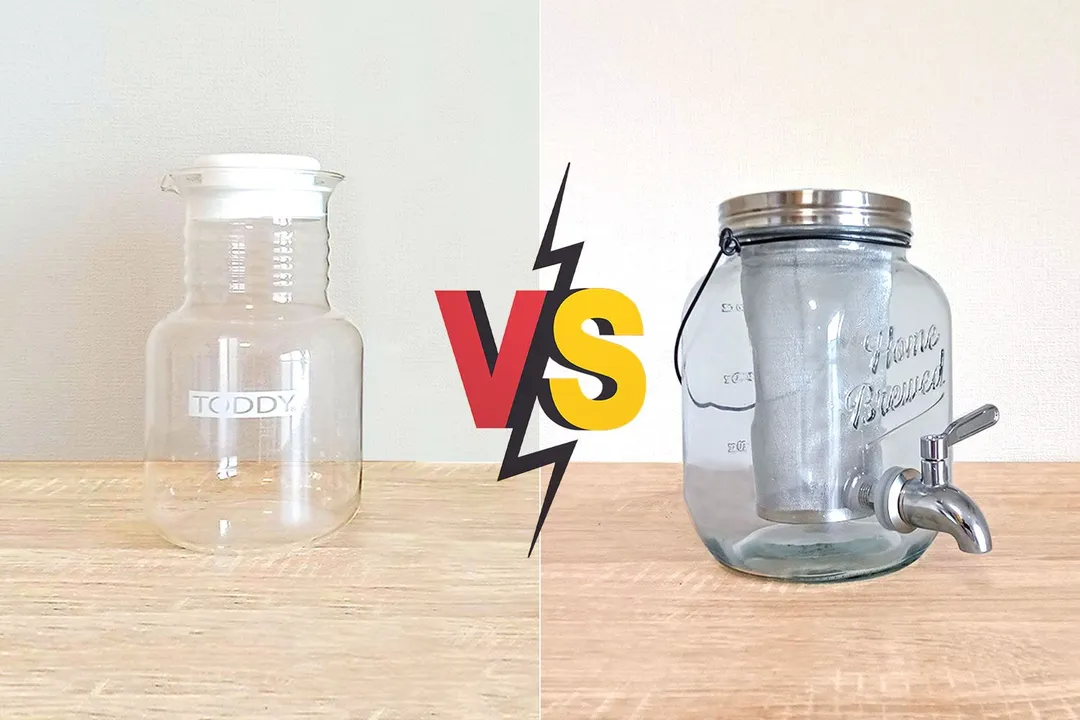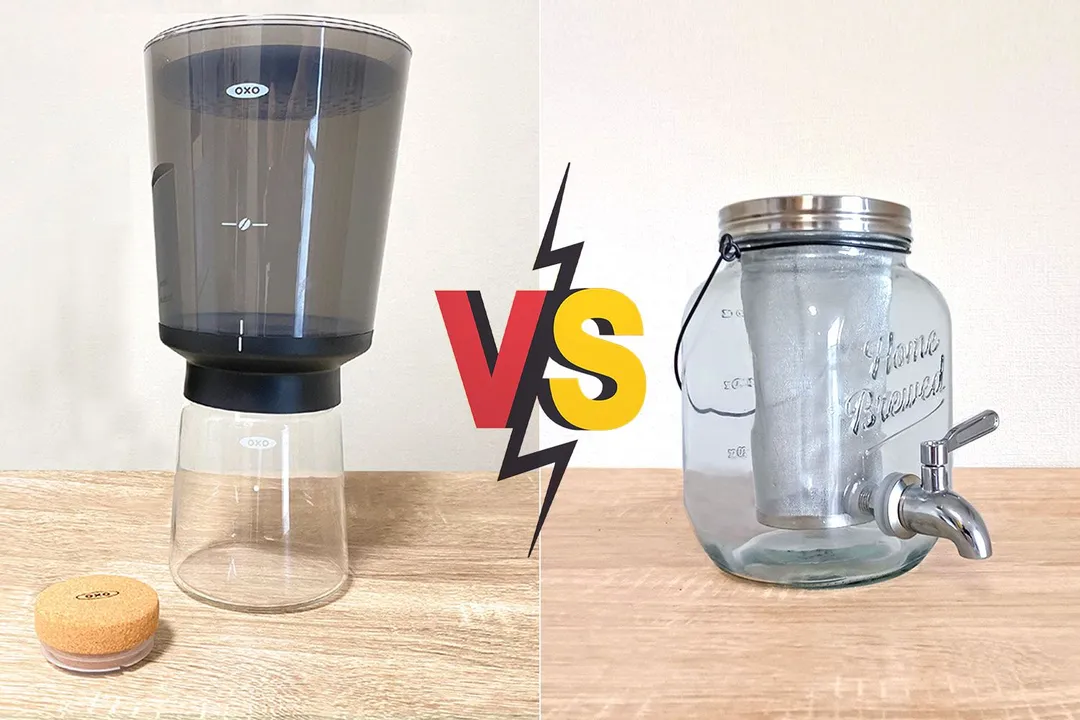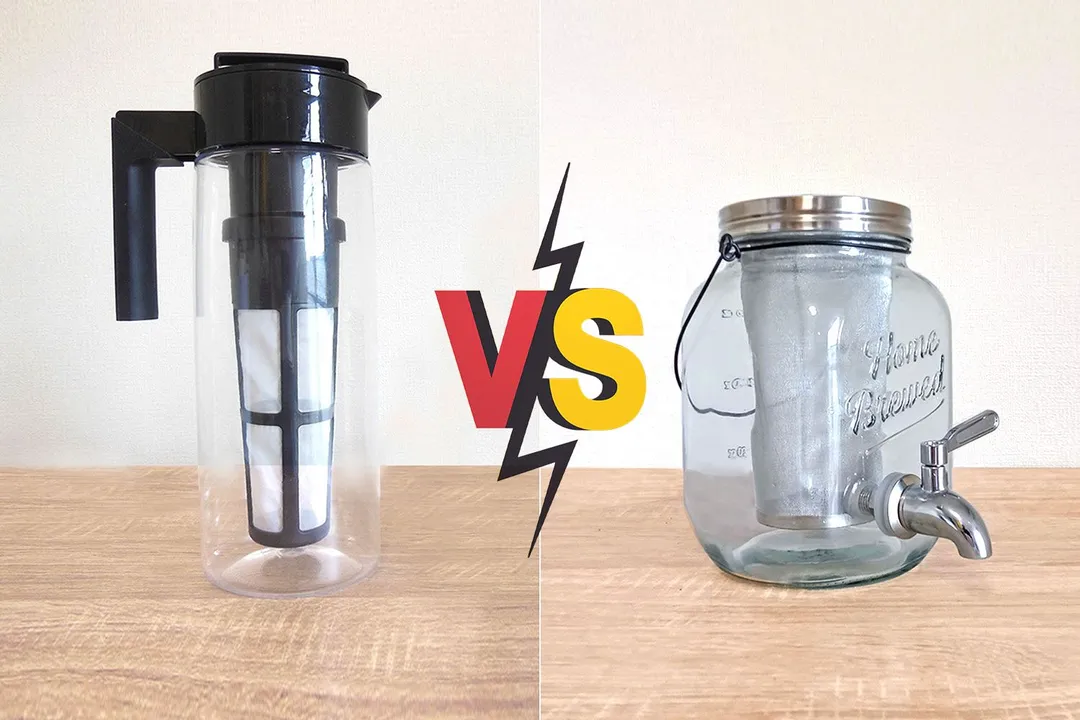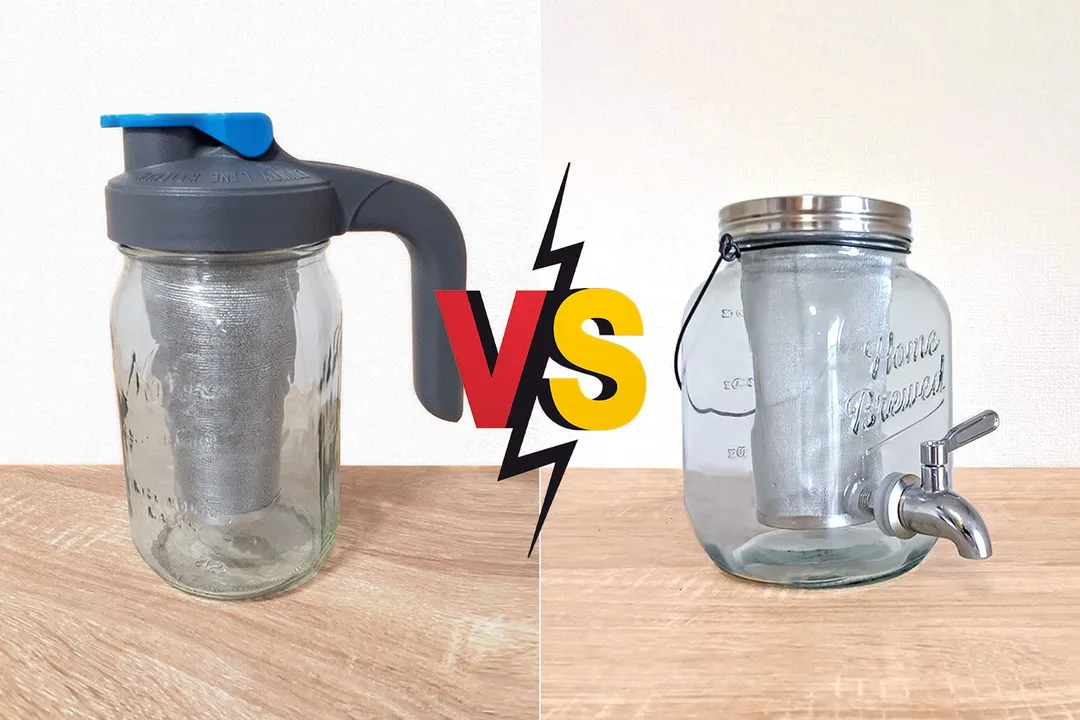Our recommendations are made independently through Research & Testing. We may receive commissions from purchases made via our links.
Ovalware vs Willow & Everett Side-by-Side Comparison
Ovalware cold brew coffee maker vs Willow & Everett mason jar. A choice between attention to design or just good cold brew coffee making.
Ovalware Cold Brew
Tested Using Methodology v1.0Willow & Everett 1 Gallon
Tested Using Methodology v1.0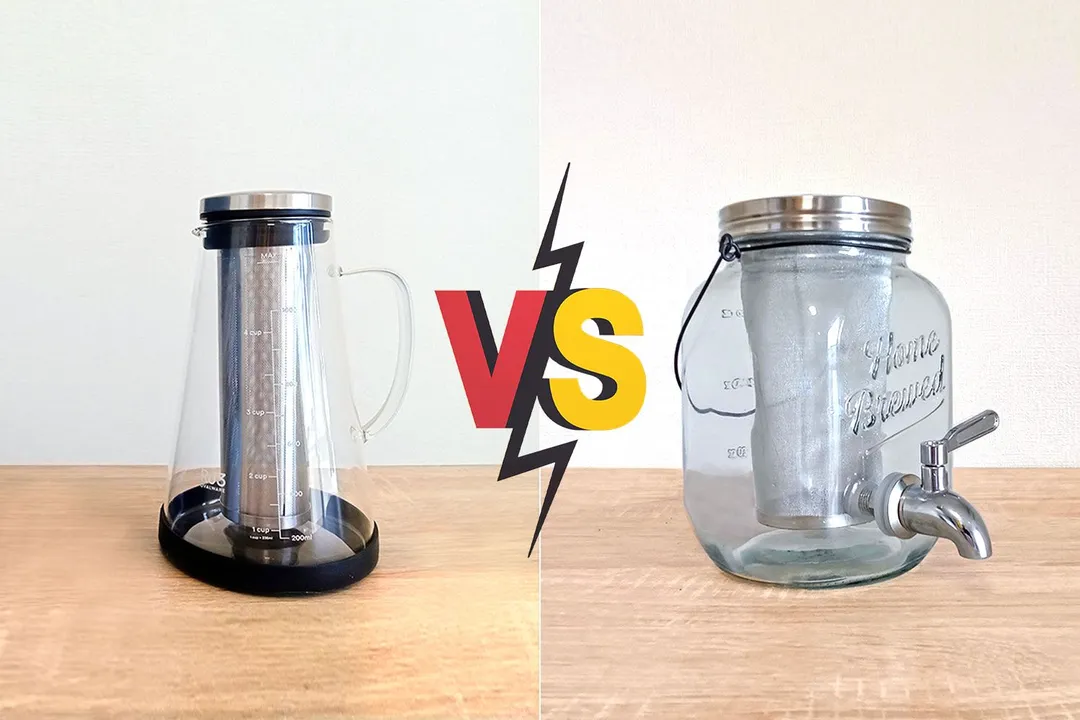
Overall Verdict
While the Ovalware is built to look great on your kitchen table, the Willow & Everett is designed to dispense the brew straight from the refrigerator shelf. Both brewers come in smaller and larger sizes as well.
The Ovalware, however, pays more attention to the overall design quality, whereas the Willow & Everett excels in the quality and strength of its brew. The lid of the Willow & Everett is rather tinny and does not have an inner gasket. The filter is roughly sewn together, and the tap or spigot doesn’t always work smoothly.
Both brewers are ideal for hot brewing since they are both glass, using a stainless steel and mesh gauze filter respectively. The Willow & Everett, however, is a nice design for serving summer favorites such as lemonades or whole fruit teas.
In terms of the actual quality of the cold brew coffee produced, the Willow & Everett is a step ahead of the Ovalware. This is partly because it has a more favorable brew ratio of 1:9 whereas the Ovalware’s is 1:11, but the brew is still relatively good.
Pros & Cons
- Brew quality
- Brew markers in cups and ml
- Silicone base pad
- Comfortable handle
- Ease of brewing
- Funky design
- Brew ratio
- Brew quality
- Tap dispenser
- Quality and fit of silicone seals
- Additional decanting
- Narrow head for cleaning
- Lid design
- Weak glass around tap
- Tap is temperamental
- No literature
Key Specs
Where to Buy
*You help support HealthyKitchen101's product testing and reviews by purchasing from our retail partners.
Analysis and Test Results
Brew Quality
Bouquet
Drinkability
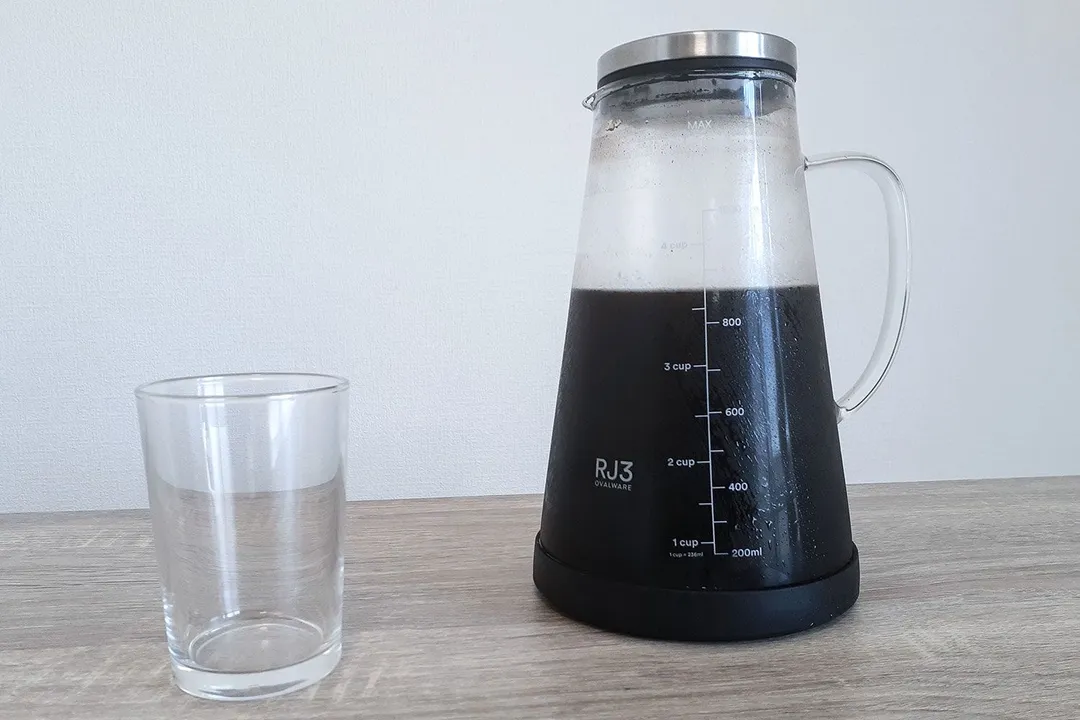
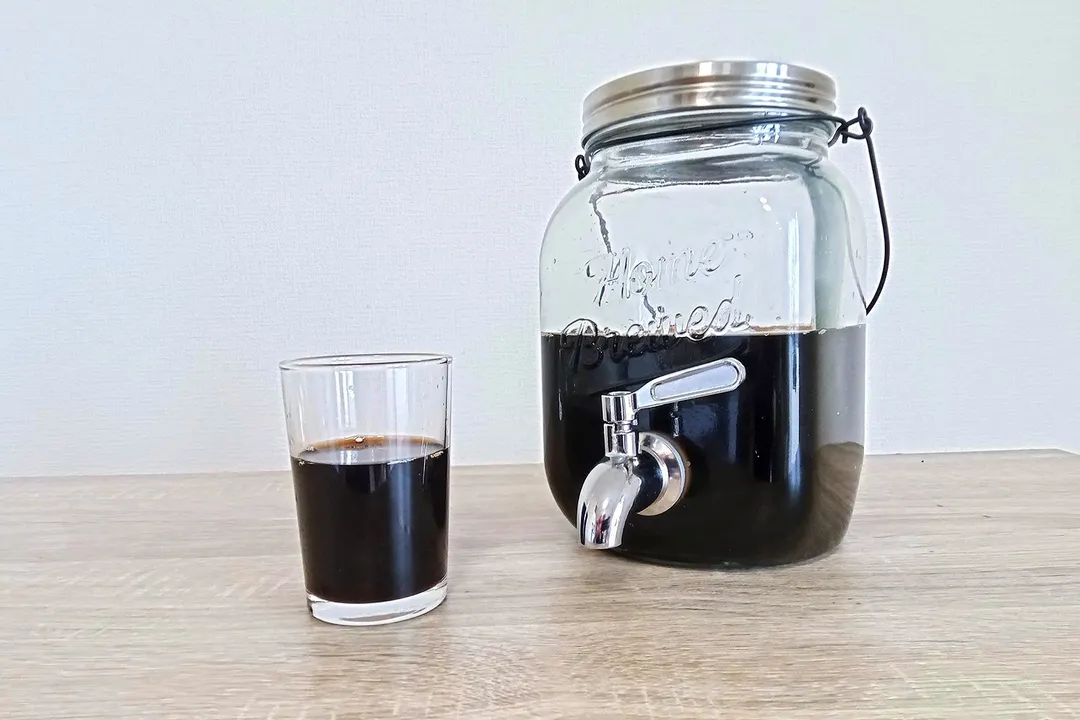
Sediment
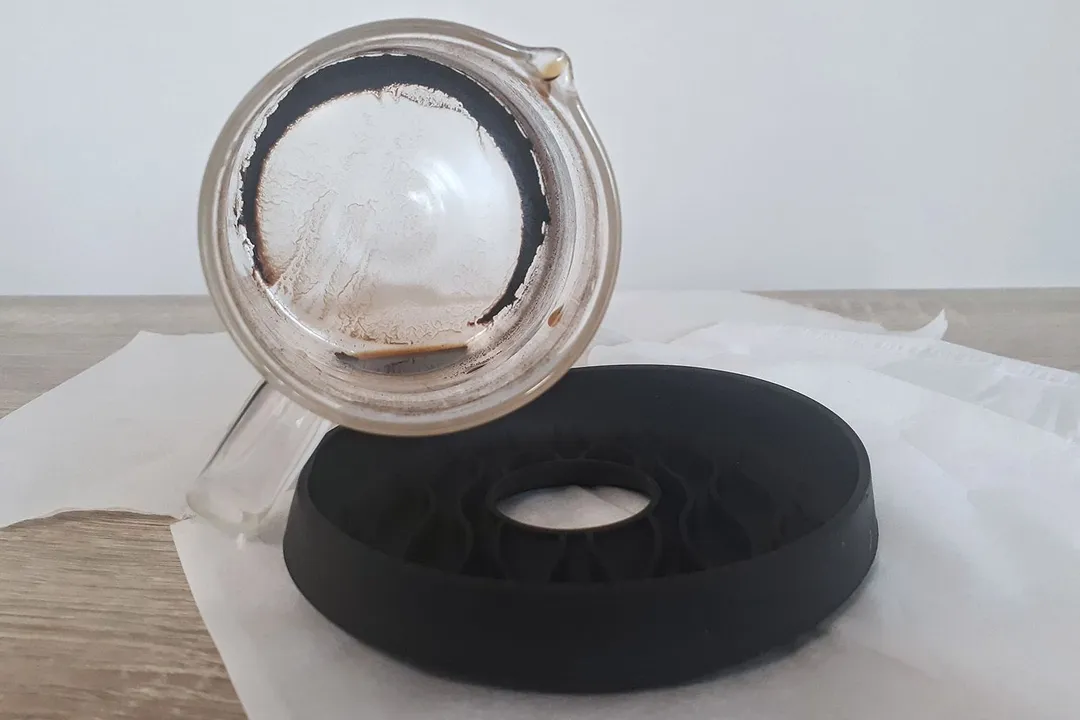
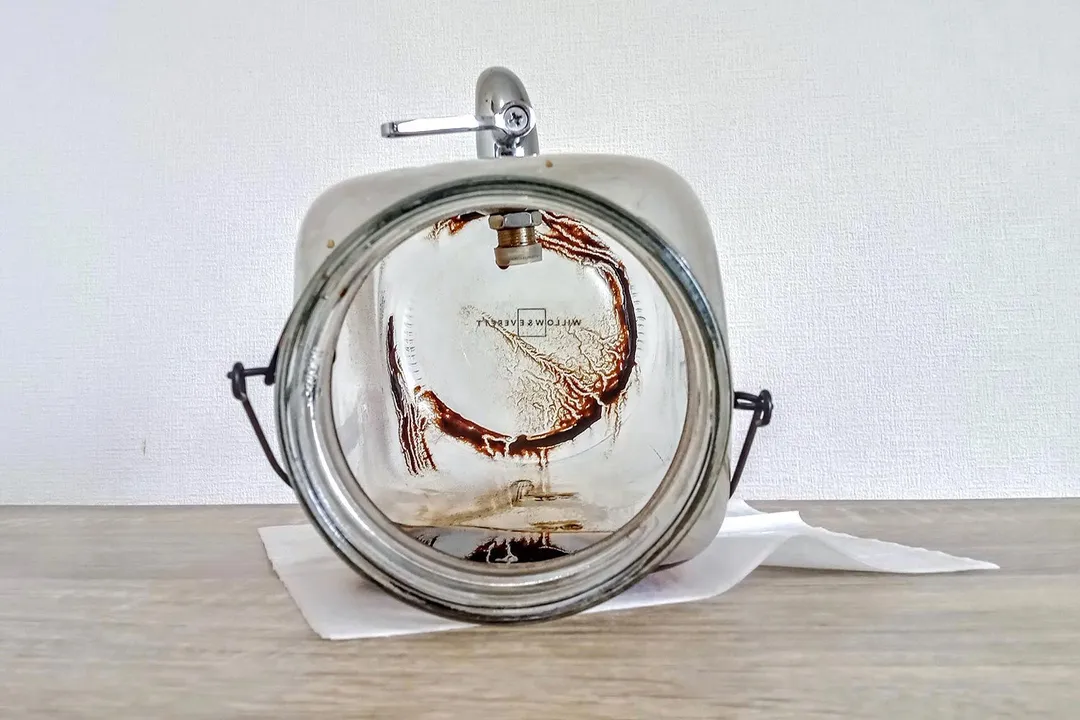
Design
In the Box


Decanter
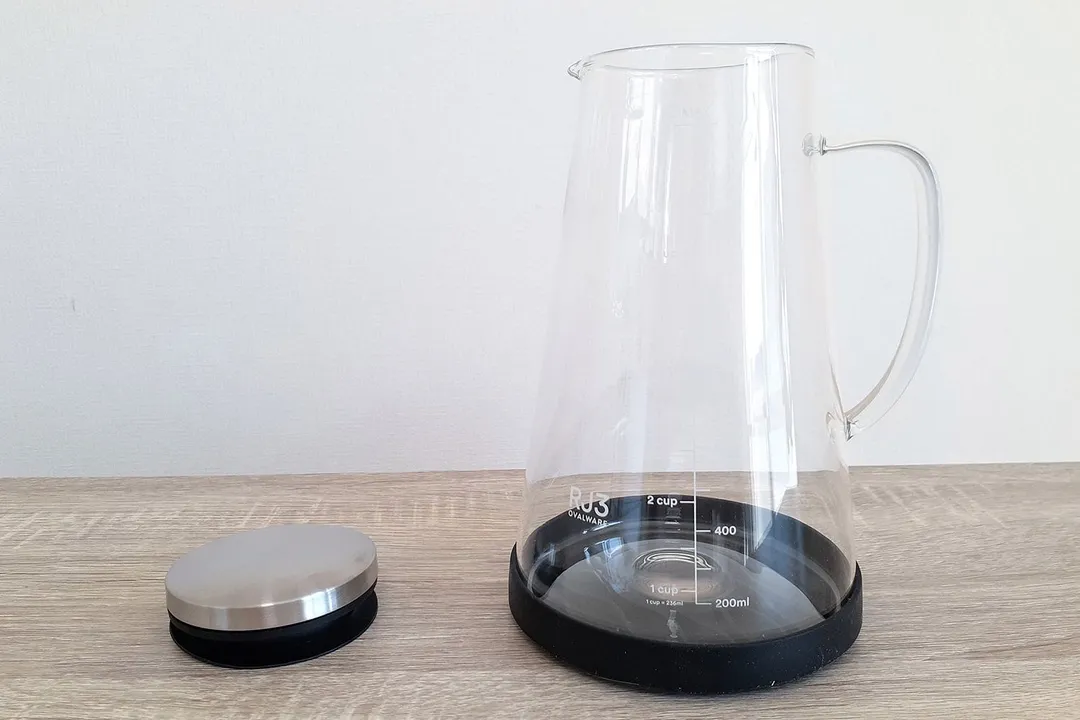
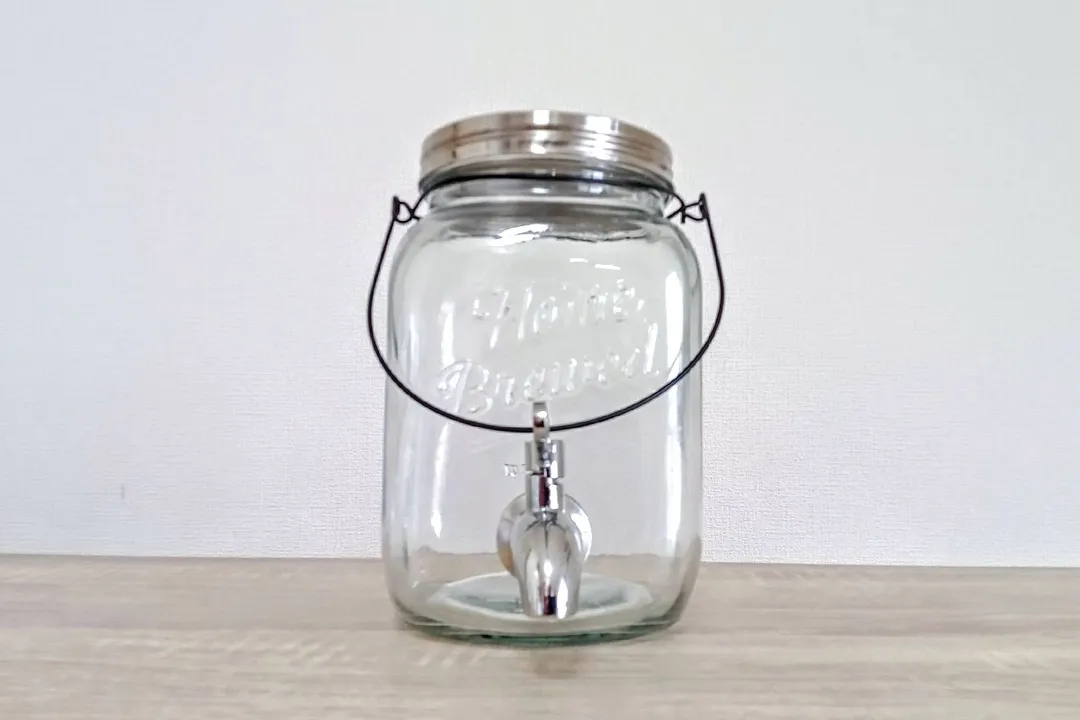
Stopper / Lid
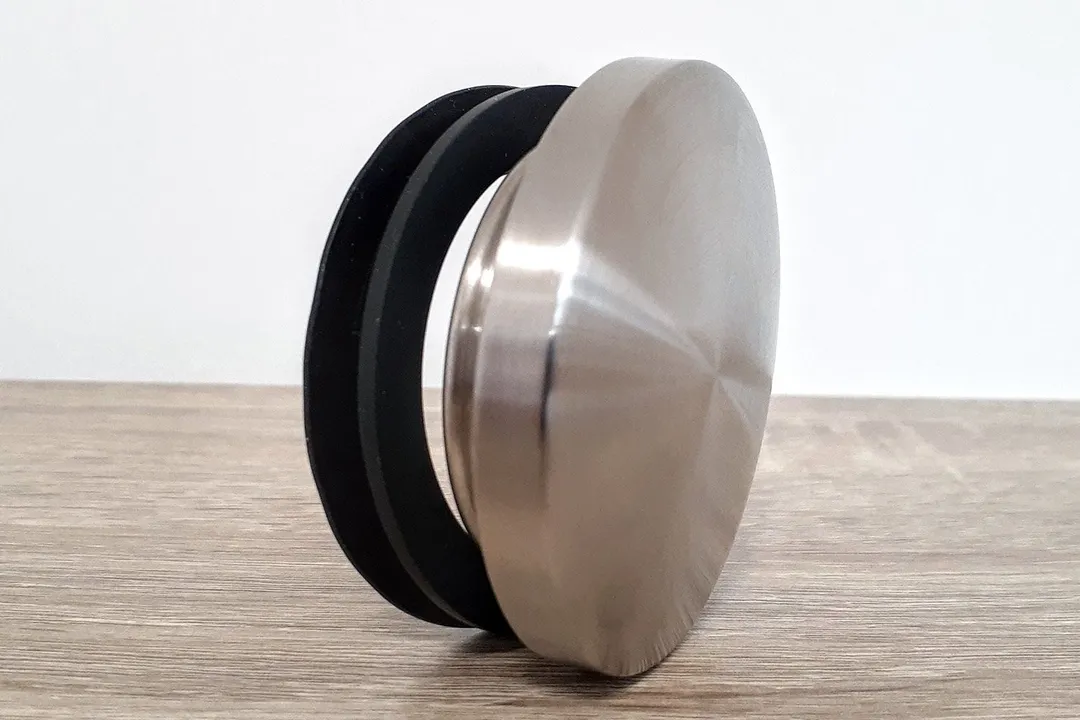

Filter


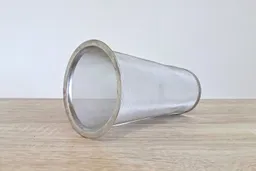

Build Quality
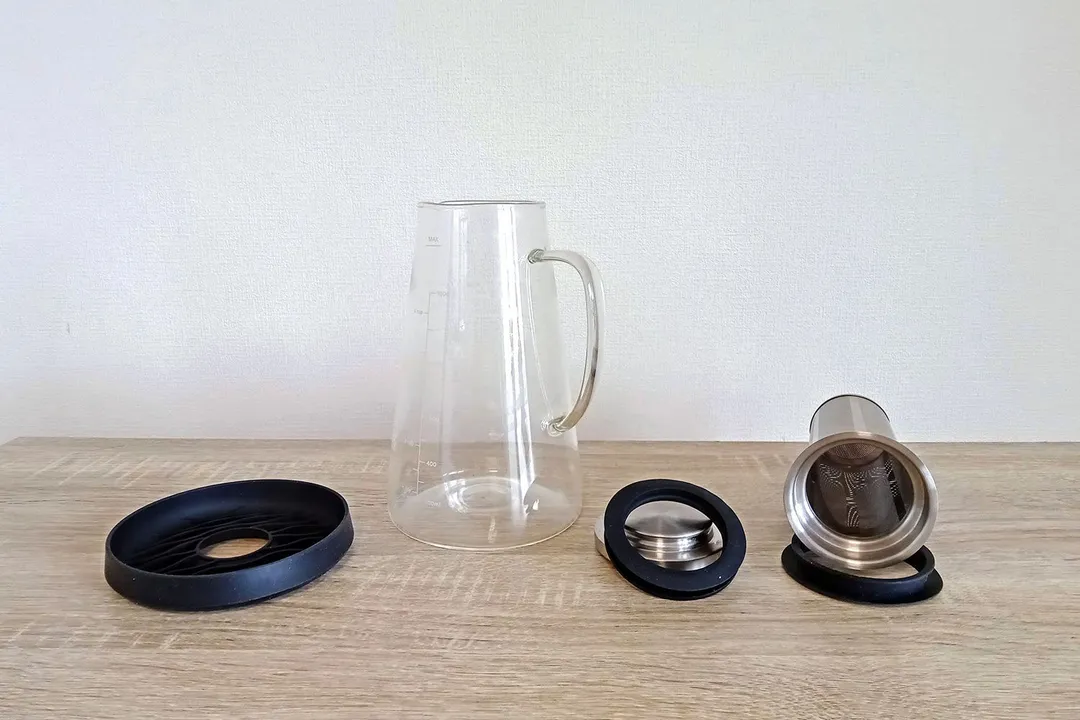

Usability
Brewing
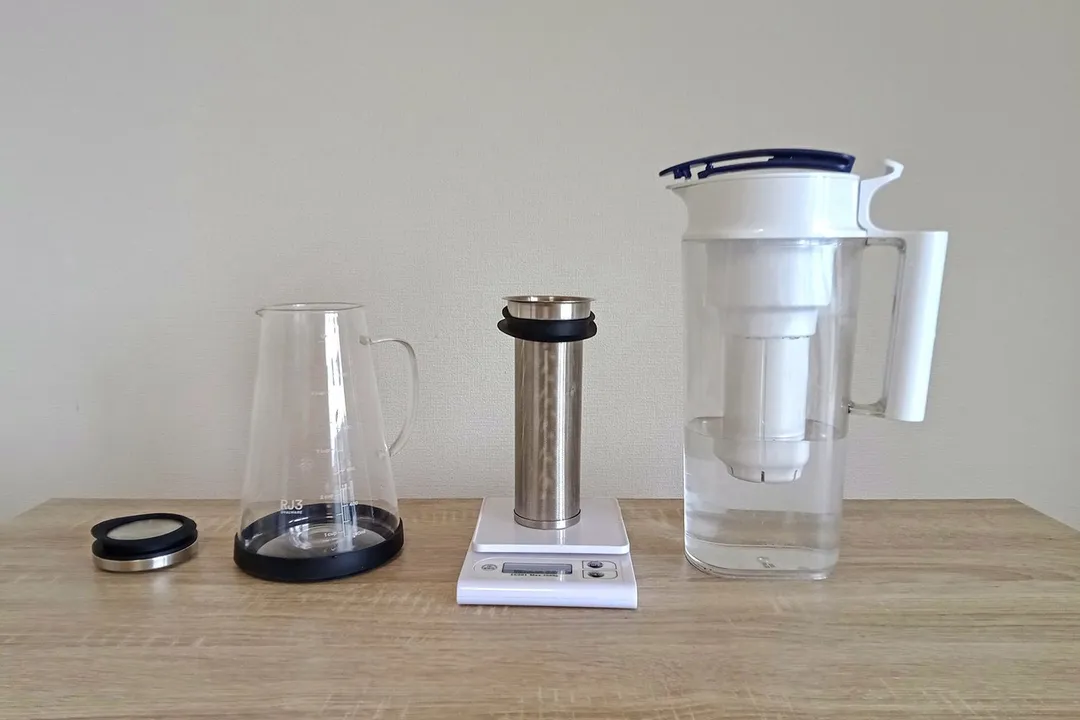

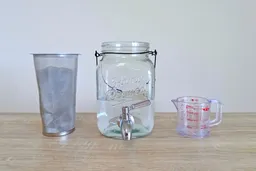

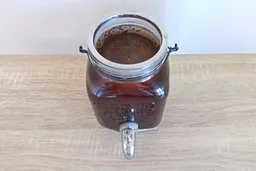
Decanting
Cleaning and Storage
Behind the Comparison
Roger Shitaki is a writer, author, and editor. His niches are household appliances, health & wellness, and travel. He’s a freelance contributor to a Tokyo lifestyle website and a leading ophthalmology magazine in Asia.

